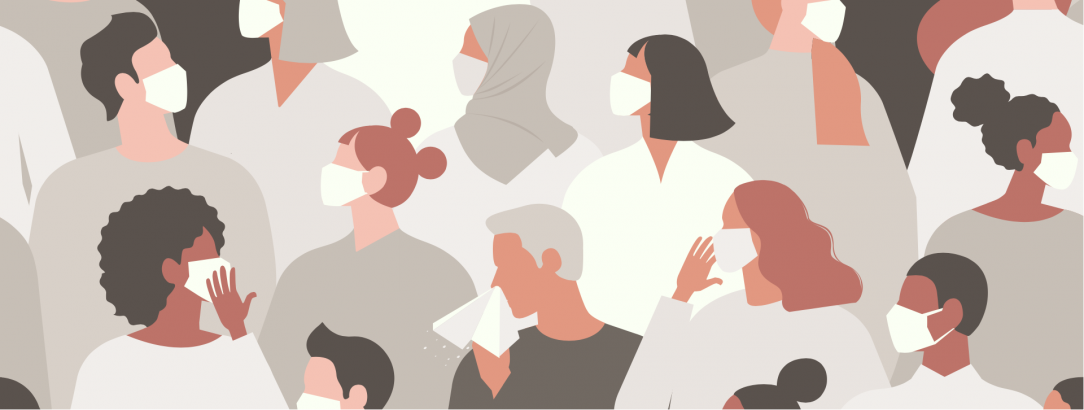State officials have published a new health guidance document entitled Striving Towards Equity: Utah’s COVID-19 Vaccine Distribution Roadmap. This roadmap is a dynamic, living document that aims to outline a fair and equitable distribution of COVID-19 vaccines. The Utah Department of Health (UDOH) hopes it will help providers, local officials and community groups ensure all Utahns have a fair opportunity for vaccination.
This new document uses a data-driven, science-based, and best practices approach to make sure all Utahns have equal access to vaccines; especially our vulnerable populations who may be at higher-risk of severe illness. Early in the pandemic, the UDOH started tracking COVID-19 cases. This data has helped shape the state’s response to this point and has shown that COVID-19 has not impacted all groups the same. This new distribution roadmap continues using case counts data and incorporates social determinants of health data to look at which populations are being the most impacted so that resources can be allocated, or re-allocated to those communities hit the hardest by the pandemic and most likely to experience inequities.
The document was created with the support and input from local health departments, healthcare networks, retail pharmacies and several other community groups. State leaders see this plan as a commitment from those partners to incorporate equity in their vaccine distribution and make sure everyone has a fair opportunity to get the COVID-19 vaccine.
This document is built on four ethical principles identified by the CDC which should help guide the distribution process, especially when vaccines are limited. These principles are:
- Maximize benefits and minimize harm
- Mitigate inequities
- Promote justice
- Promote transparency
Based on those guiding principles, state officials have identified five specific efforts which work toward a more equitable distribution of vaccine:
- Identify priority and higher-risk populations
- Develop messaging that works for all Utahns
- Reduce barriers at vaccination clinics
- Create vaccination sites at locations within the community and routes for mobile vaccination units.
- Make vaccination data available to the public
“Throughout the pandemic, partners throughout Utah have been working together to make sure our efforts are inclusive, accessible, and effective for all Utahns. Not all Utahns have the same access to resources and opportunities. If we fail to address underserved and underrepresented populations, everybody remains at risk. When Utahns try to stay safe and keep others safe, but don’t have the resources to do so, COVID-19 will continue to spread throughout our communities.”
Striving Towards Equity: Utah’s COVID-19 Vaccine Distribution Roadmap
Many of these efforts are already underway. For example, the UDOH is updating vaccination data daily on our vaccine information page. Additionally, the state has partnered with Nomi Health to bring mobile vaccination clinics to rural and higher-risk populations.
State officials see the COVID-19 Health Equity Plan as a living document that will change as the needs of the state change. They’re looking to work closely with community organizations to constantly refine the state’s response.
Read the full document here.

